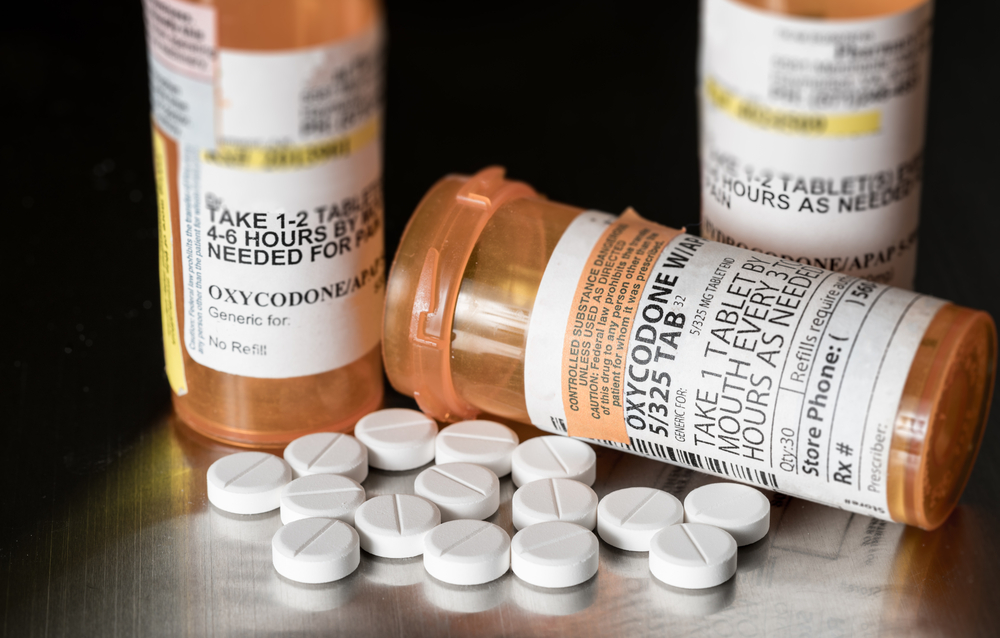
by Jeremy Morrison, Inweekly
With more than a million dollars expected to flow into Escambia County from the state of Florida to deal with local overdose deaths, local officials are starting to talk about how best to spend the funds.
This summer, Florida Gov. Ron DeSantis launched the Coordinated Opioid Recovery (CORE) program, with the idea of providing dedicated funding to address the growing number of overdoses related to illegal drugs such as fentanyl and opioids. The program is being rolled out in about a dozen counties, including Escambia.
So far, Escambia County Emergency Management Services Chief David Torsell told Escambia County commissioners Thursday during a Committee of the Whole workshop, the area has logged more than 1,400 overdoses this year, already surpassing last year’s total, with that number expected to keep climbing
“Unfortunately, because of our numbers we have been identified as number one,” Torsell said, explaining that the area leads the state in fatal overdoses due to fentanyl and opioids, as well as those related to heroin and cocaine.
“Why is that?” wondered Commission Chairman Jeff Bergosh. “Why is our community afflicted with this?”
Regardless of why, the state’s CORE program could be directing about $1.4 million in dedicated funding to the Escambia area. The money would be used for addiction services, with a focus on expanding services to include more impactful longterm care.
“We are missing the wraparound, the case management, the individual attention you’re missing that,” Torsell stressed the importance of following through with individuals until they are securely on the road to recovery from substance abuse.
The EMS chief described this focus on longer-term case management as practicing “community paramedicine” and said it was integral to improving the local rehabilitation success rates.
“Have that face-to-face intervention, the warm handoff,” Torsell said.
In addition to expanding the range or focus of services provided to the those suffering with drug addiction, such as a fuller embrace of a community paramedicine approach, this state funding will also support the continued purchase of such practical tools as the anti-overdose drug NARCAN. Torsell reported that local responders treating overdoses go through about 300 units of NARCAN each month, with the drug sometimes difficult to procure.
“That’s a huge problem if I need that much NARCAN in this community,” Torsell told commissioners.
Though it’s unsure when this state drug treatment funding will materialize — or, even, exactly how much, though the local ask is more than a million — it’s expected to be relatively soon. When available, the funds will be split between local hospitals, which provide services in the instances of overdoses, and Escambia EMS.
Commissioner Doug Underhill said that the county would likely be alright with fronting the money up front out of the reserve fund once the Florida Department of Health has officially signed off on a specific dollar amount and the money is headed to Escambia.
“Since it’s guaranteed cash that’s coming back to us,” Underhill said.
Escambia County Commissioner Lumon May said that he appreciated funds dedicated to drug treatment and overdose responses, but contended that more focus should be put into proactive measures.
“This is a stabilization program after the fact, and that’s great,” May said. “But if we don’t take money and put it into a preventative program, you’ll be doing this forever.”
Underhill, meanwhile, said more effort should be done to stop drugs from being sold be local dealers.
“I could go down to Barrancas right now and pick up some drugs if I wanted to, you know that,” Underhill told May.
“The problem is more complex that locking somebody up, the problem is more complex than giving somebody NARCAN,” May replied. “We have a societal problem.”
Aside from any societal uprighting, or criminal enforcement efforts, Chairman Bergosh pointed out that Escambia — not unlike other areas — is dealing with a different type of drug issue. There’s always been drugs around, but overdoses are more common than ever and local officials commonly point to one leading culprit: fentanyl and drugs laced with fentanyl.
“Something has changed,” Bergosh noted. “You’ve always had the drug problem, but now people are falling out and dying.”



